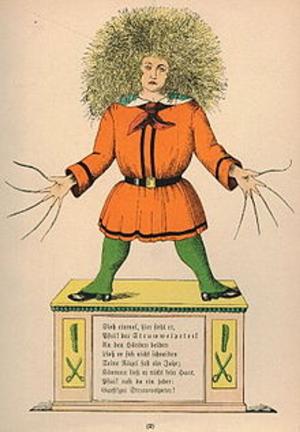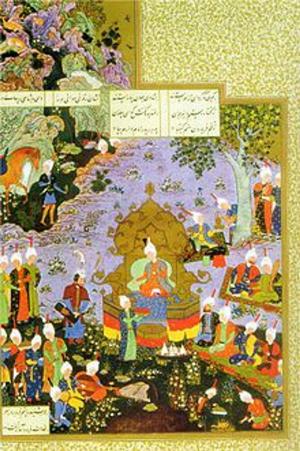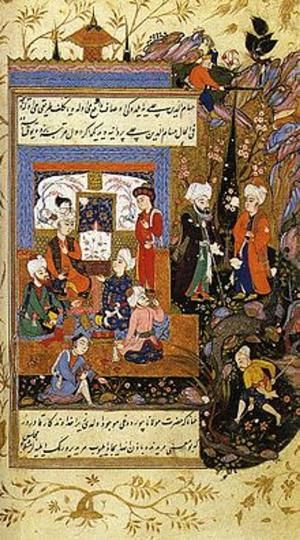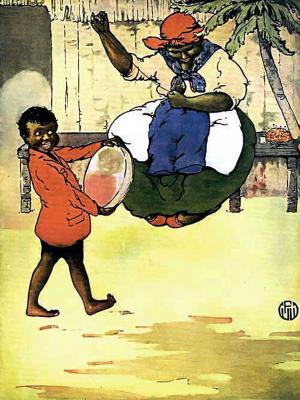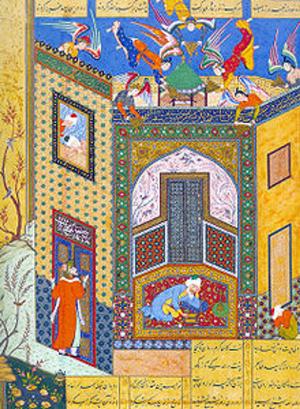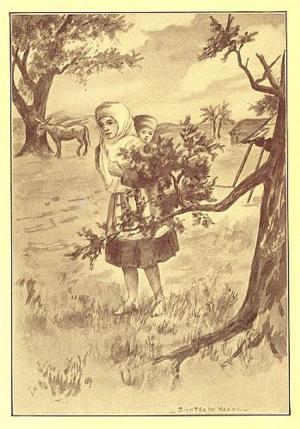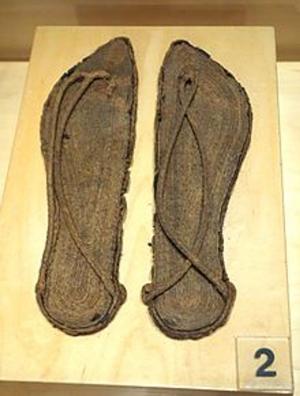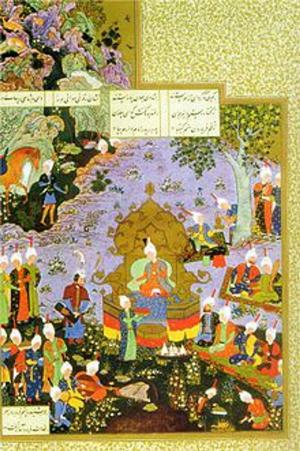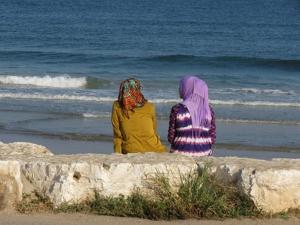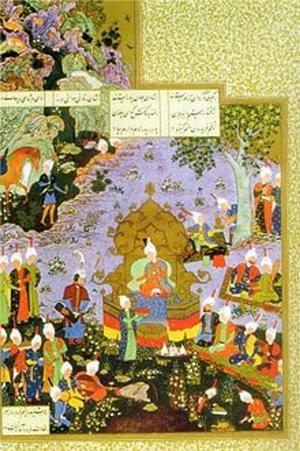Iranian Influence on Moslem Literature, Part I
Nonfiction, Religion & Spirituality, Middle East Religions, Islam| Author: | M. Inostranzev | ISBN: | 1230002503301 |
| Publisher: | Ismael Ghanizadeh | Publication: | August 27, 2018 |
| Imprint: | Language: | English |
| Author: | M. Inostranzev |
| ISBN: | 1230002503301 |
| Publisher: | Ismael Ghanizadeh |
| Publication: | August 27, 2018 |
| Imprint: | |
| Language: | English |
The facile notion is still prevalent even among Musalmans of learning that the past of Iran is beyond recall, that the period of its history preceding the extinction of the House of Sasan cannot be adequately investigated and that the still anterior dynasties which ruled vaster areas have left no traces in stone or parchment in sufficient quantity for a tolerable record reflecting the story of Iran from the Iranian's standpoint. This fallacy is particularly hugged by the Parsis among whom it was originally lent by fanaticism to indolent ignorance. It has been credited with uncritical alacrity, congenial to self-complacency, that the Arabs so utterly and ruthlessly annihilated the civilization of Iran in its mental and material aspects that no source whatever is left from which to wring reliable information about Zoroastrian Iran. The following limited pages are devoted to a disproof of this age-long error.
For a connected story of Persia prior to the battle of Kadisiya, beside the Byzantine writers there is abundant material in Armenian and Chinese histories. These mines remain yet all but unexplored for the Moslem and Parsi, although much has been done to extract from them a chronicle of early Christianity. The archaeology of Iran, as I have shown elsewhere, can provide vital clue to an authentic resuscitation of Sasanian past. Pre-Moslem epigraphy of Persia is yet in little more than an inchoate condition. Not only all Central Asia but the territories marching with the Indian and Persian frontiers, where persecution of the elder faith could not have been relatively mild, the population professing Islam have been unable to abjure in their entirety rites and practices akin to those of Zoroastrianism. Within living memory the inhabitants of Pamir would not blow out a candle or otherwise desecrate fire. While science cannot recognise the claims of any individual professing to have studied esoteric Zoroastrianism hidden in the hill tracts of Rawalpindi, the myth has a value in that it indicates the direction in which humbler and uninspired scholars may work. These regions and far beyond, teem with pure Iranian place-names to this day; and you meet in and around even the Peshawar district individuals bearing names of old Iranian heroes which, if the theory of persecution-mongers be correct, would be an anathema to the bigoted followers of Muhammad.
The facile notion is still prevalent even among Musalmans of learning that the past of Iran is beyond recall, that the period of its history preceding the extinction of the House of Sasan cannot be adequately investigated and that the still anterior dynasties which ruled vaster areas have left no traces in stone or parchment in sufficient quantity for a tolerable record reflecting the story of Iran from the Iranian's standpoint. This fallacy is particularly hugged by the Parsis among whom it was originally lent by fanaticism to indolent ignorance. It has been credited with uncritical alacrity, congenial to self-complacency, that the Arabs so utterly and ruthlessly annihilated the civilization of Iran in its mental and material aspects that no source whatever is left from which to wring reliable information about Zoroastrian Iran. The following limited pages are devoted to a disproof of this age-long error.
For a connected story of Persia prior to the battle of Kadisiya, beside the Byzantine writers there is abundant material in Armenian and Chinese histories. These mines remain yet all but unexplored for the Moslem and Parsi, although much has been done to extract from them a chronicle of early Christianity. The archaeology of Iran, as I have shown elsewhere, can provide vital clue to an authentic resuscitation of Sasanian past. Pre-Moslem epigraphy of Persia is yet in little more than an inchoate condition. Not only all Central Asia but the territories marching with the Indian and Persian frontiers, where persecution of the elder faith could not have been relatively mild, the population professing Islam have been unable to abjure in their entirety rites and practices akin to those of Zoroastrianism. Within living memory the inhabitants of Pamir would not blow out a candle or otherwise desecrate fire. While science cannot recognise the claims of any individual professing to have studied esoteric Zoroastrianism hidden in the hill tracts of Rawalpindi, the myth has a value in that it indicates the direction in which humbler and uninspired scholars may work. These regions and far beyond, teem with pure Iranian place-names to this day; and you meet in and around even the Peshawar district individuals bearing names of old Iranian heroes which, if the theory of persecution-mongers be correct, would be an anathema to the bigoted followers of Muhammad.

